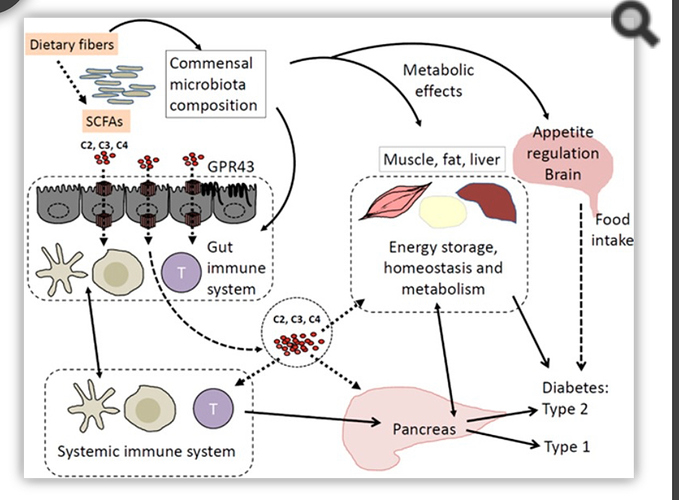This is an interesting study done on T1 diabetics. They fed them 45g of bread, either alone, with MUFA (avocado), PUFA (margarine), or saturated fat (butter), and also different amounts of fat:
The higher the fat, the more insulin they required.
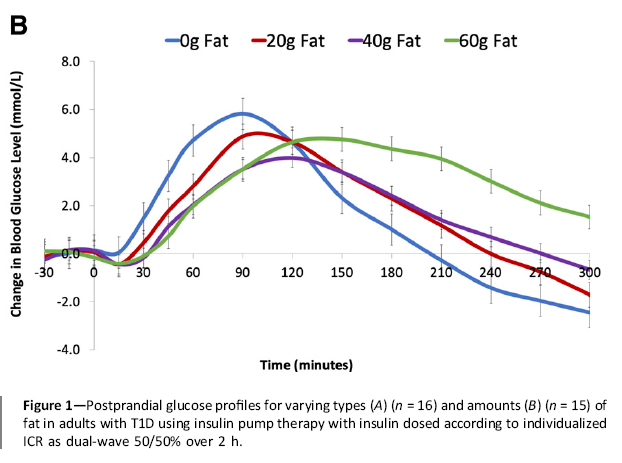
Although they said this wasn’t significant (based on the P value), I thought it was interesting that the saturated fat lowers the AUC (area under the curve – lower is better):
So much for fat not causing an insulin response.
By the way, their blood sugar for the 0g fat variety does not return to baseline for over 3 hours. Is that normal for a T1? I ask because when I was wearing my CGM and I ate high carb, the entire rise and fall of my blood sugar was within about an hour.

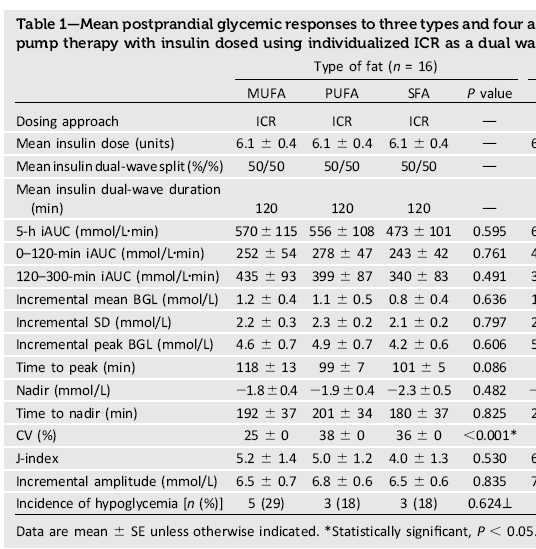
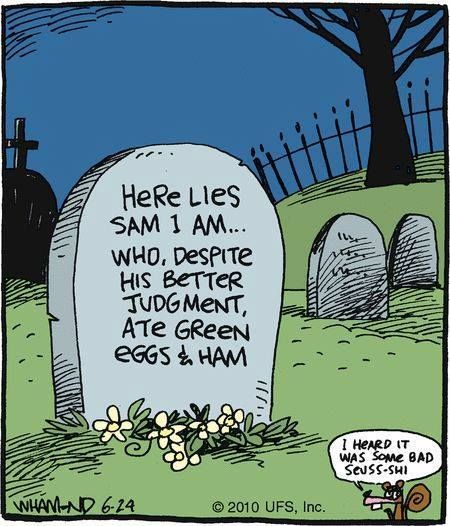
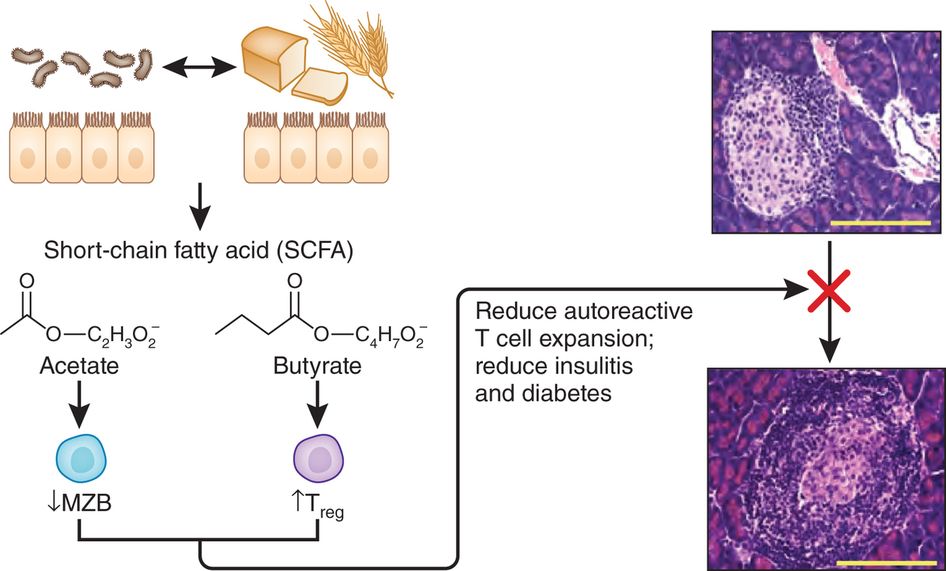
 ), which comes from cooked cornmeal, potatoes, pasta, and other starches. …”
), which comes from cooked cornmeal, potatoes, pasta, and other starches. …” 